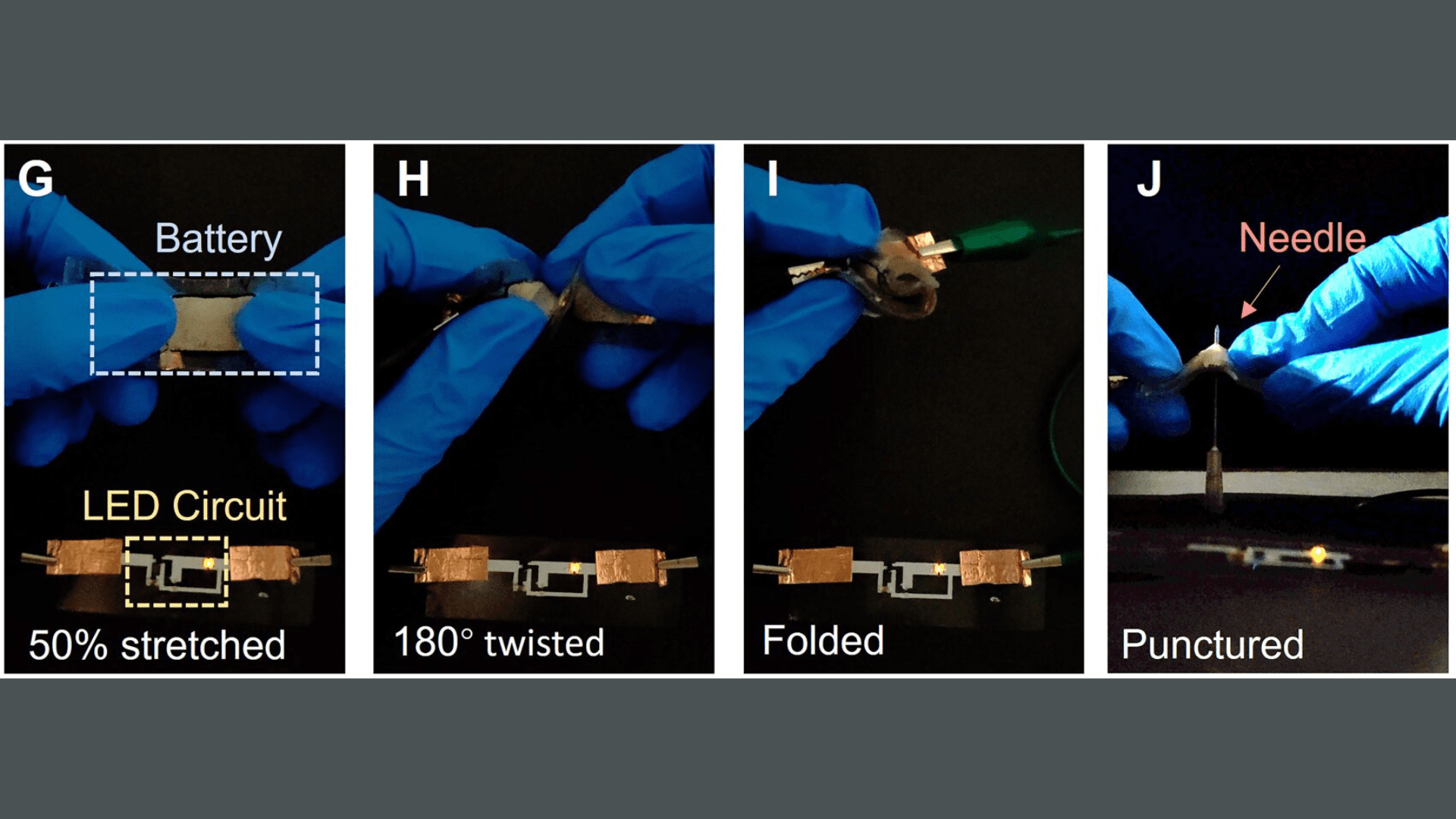Researchers from Guangxi University and the Chinese Academy of Sciences in China say that their new method of slowing down light could benefit computing and optimal communication.
Light moving through the emptiness of space moves at approximately 186,000 miles per second. However, if you throw electromagnetic fields into its path such as those surrounding ordinary matter, that velocity begins to slow.

Most transparent materials will only slow light by a tiny fraction, causing light to bend as it passes from one medium to another. To make a substantial difference in its speed requires materials such as photonic crystals or even super-chilled quantum gases.
“We envision that our work provides an entirely new direction for realizing ultrastrong light-matter interactions in nanophotonic chips,” write the researchers in their published paper.
This new method builds on previous work regarding electromagnetically induced transparency (EIT), which uses laser technology to manipulate electrons inside gas that’s stored in a vacuum. This turns it from opaque to transparent, meaning a laser light can pass through but it’s slowed down.
Though this is interesting for physicists, the approach means a lot of light and energy is lost in the process. To reduce the loss and improve the system’s efficiency, the researchers designed a new material to slow down light.
The new material is a metasurface or a synthetic, 2D structure with properties that don’t occur naturally. These metasurfaces designed by the team were made from extremely thin layers of silicon, similar to modern computing chips. Their design proved to be significantly better than previously existing options are holding and releasing energy from light.
Based on the recent study, light can be slowed down more than 10,000 times in this system. Simultaneously, the light loss is reduced by more than five times compared with previous methods.
One of the keys to the new approach is the way that the tiny building blocks of the metasurface (known as meta-atoms) are positioned. They’re close enough to merge, which affects the way light is handled as it passes through.
Explore Tomorrow's World from your inbox
Get the latest science, technology, and sustainability content delivered to your inbox.
I understand that by providing my email address, I agree to receive emails from Tomorrow's World Today. I understand that I may opt out of receiving such communications at any time.
This approach provides us with better control over how light travels. Since light plays an important role in everything from broadband internet to quantum computing, many potential applications could be explored in the future.
“With these findings, our study opens a new route for tailoring light flow in metasurfaces,” write the researchers.







